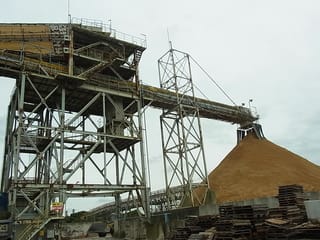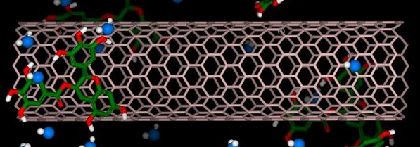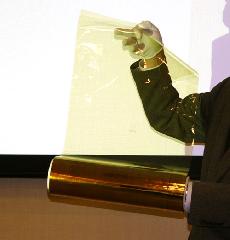Technology:
Morishita Jintan
will make a capsule to recover rare metals from industrial effluent practical
in 2013 in alliance with Mitsubishi Corp. Capsules with microorganisms inside
that adsorb rare metals are built in a device to be incorporated in the
effluent purification equipment for efficient recovery and recycle of rare
metals. The company will build a plant to produce the capsules with an
investment of 500 million yen including a subsidy from the Ministry of Economy,Trade and Industry. The plant will start operation in March 2013, and full
production is scheduled to start in September. Mitsubishi Corp. will market and
lease the device that incorporates the capsules. Capsules inside the device can
be replaced as needed. The price of the capsule is not decided yet.
Morishita Jintan
utilized the self-developed technology that it has accumulated in such business
fields as foods and pharmaceuticals. The microorganisms inside the capsule
adsorb rare metals that infiltrate through the capsule’s membrane. Rare metals
are recovered by burning the capsules. It does not cost much to introduce the
device incorporating capsules because what is required is only to install the
device in the equipment.
Morishita Jintan’s researchers who
developed the capsule to recover rare metals









